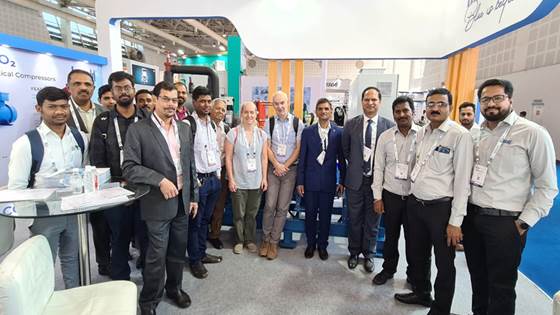
VOCSimPRO – improved quantification and abatement of methane and VOC emissions
The VOCSimPRO project aims to modernize and expand SINTEF’s simulation tool VOCSim. By implementing it in a modern programming language and developing new methods for calibration and uncertainty analysis, VOCSimPRO will enable emission analysis...















